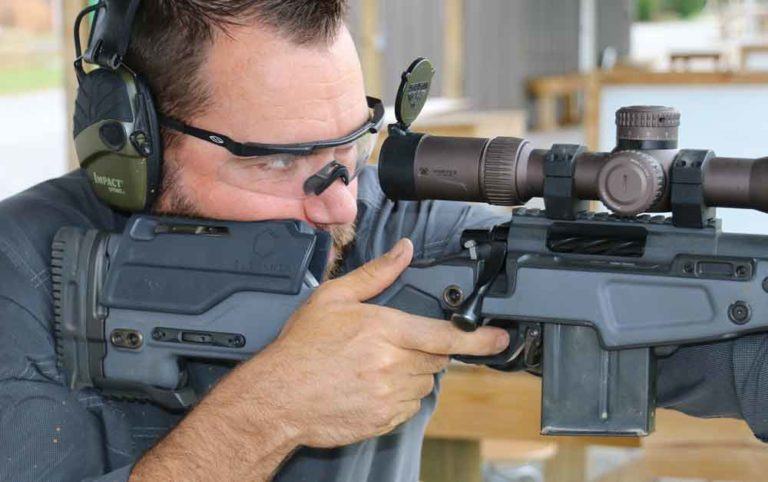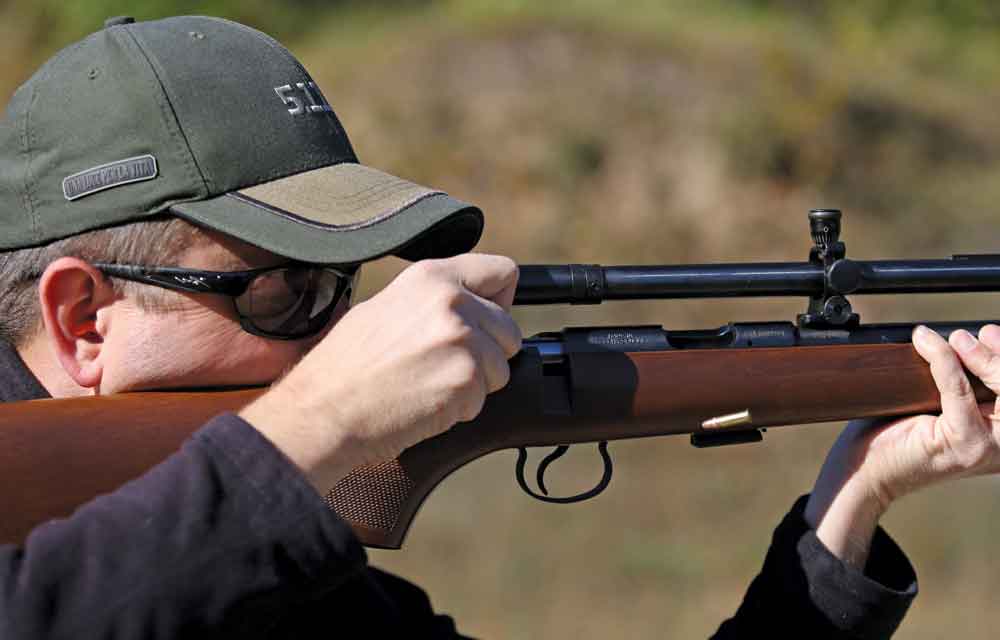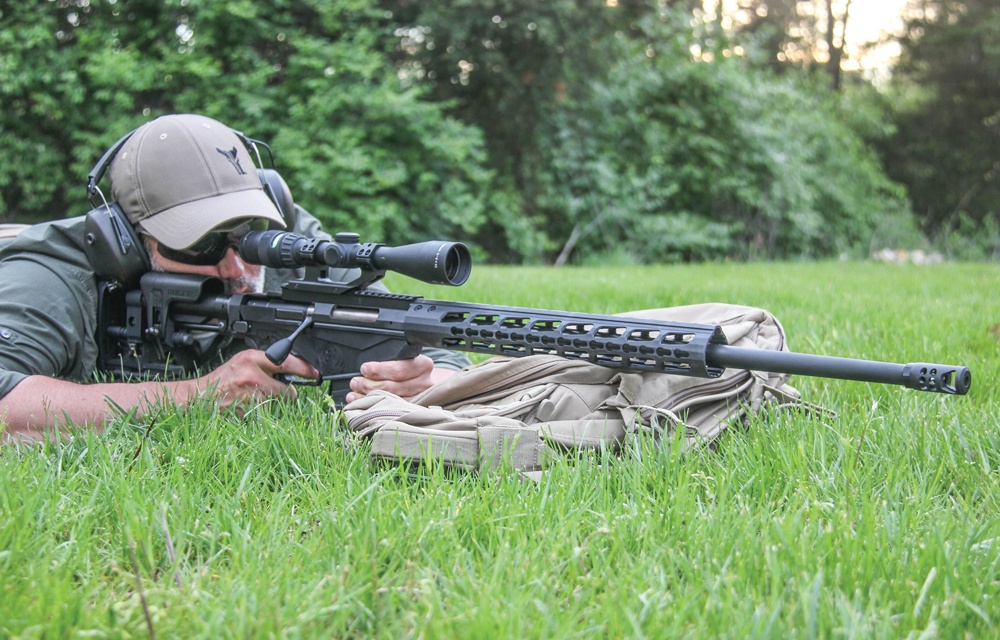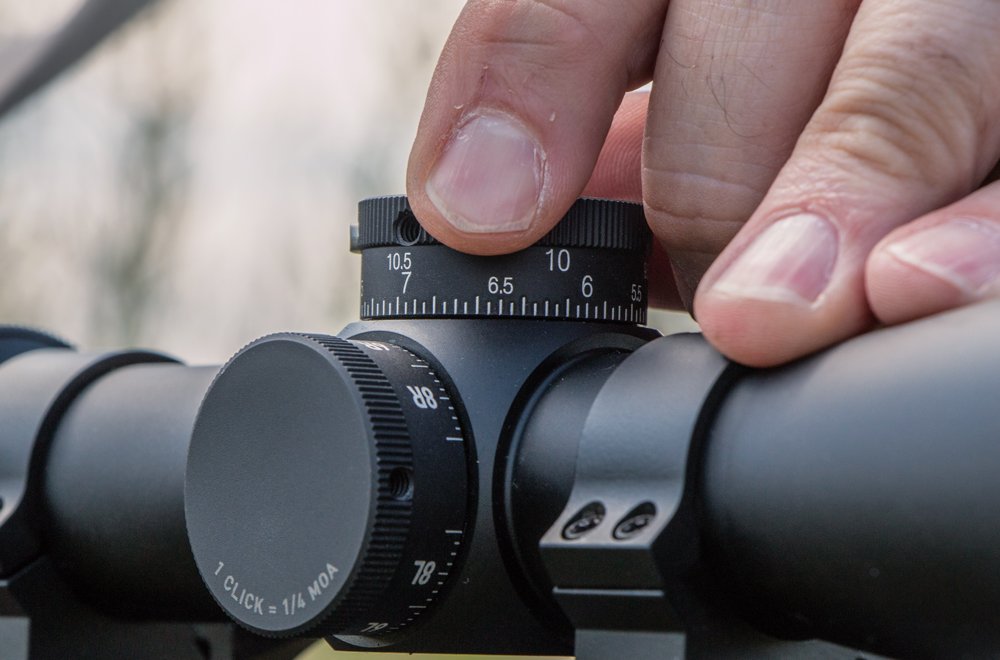
‘Running the gun’ is not exclusive to carbines and handguns. The same principle of staying topped-off and ready should apply to bolt-action precision rifles as well.
What does it mean to “run” a bolt-action rifle?
- Running the gun means manipulating the firearm with authority and ensuring it’s ready to go.
- It's a concept well embraced by pistol and tactical rifle shooters, but is sometimes lost on those wielding bolt-actions.
- Reloading immediately after a shot and preparing to take another is a simple method to build the proper mindset.
- Learning to look through your scope while reloading, running the bolt with authority and calling your shots also make for a more prepared marksman.
- The challenge is treating your bolt gun like you would a pistol or carbine.
I just spoke with a Deputy Chief of Police for a major metropolitan police department who’s responsible for overseeing the “special” divisions, which includes SWAT. We were talking about firearms training, and I brought up some typical issues that I’ve noticed over the years while training military and police snipers.

He asked me an easy question that one would expect I would be asked all the time of my courses: “What’s the biggest error I see with new students?” Interestingly, to me anyway, I cannot remember ever being asked that question before.
It sure seemed like a question for which I’d have a canned answer ready. But I didn’t. So, I did the next best thing — I just rambled about common issues I correct on the first day of a training course. Somewhere between adjusting ocular focus, setting the rifle up for the shooter and proper trigger control, I stumbled upon the answer that I knew I had to share with you: “Failure to run the gun.”
Making The Mental Shift
To me, “running the gun” means manipulating the firearm with authority, and ensuring that it’s ready to go and topped off with ammunition.
Here’s what practically every new student does: They shoot a series of shots at a target and then sit there with the bolt to the rear as they stare at their target and either make excuses for their poor performance or high-five their buddy for their good group.
I do have a canned response for this situation: “Shooter, if you were running a pistol drill and just fired the last round of ammunition in your pistol at the end of the drill, would you stand there with your slide locked to the rear and discuss your performance, or would you immediately reload the pistol and get the gun ready to shoot again?”
Of course, they’d get the gun ready to fire again every time.

So, why don’t they do it when they’re lying behind a bolt-action rifle? For some reason, a bolt-action rifle causes new shooters to forget to run their gun as they would any other firearm.
When my students shoot a group on paper, even if it’s just to confirm their established zero, I always have them reload their rifle and prepare to take another shot. Only then are they permitted to unload. It might seem like wasted energy, but trust me — it instills important habits for tactical shooters and hunters alike.
Bad guys have friends. Don’t sit there on an empty rifle … load it! Deer are sometimes missed. Don’t stare through the scope of an empty rifle … get it up and running again!
Mastering The Mechanics
There’s a right way to do this, and it involves looking through your scope at your target while you load your rifle. After all, the easiest way to find a target again is to not lose it in the first place. Also, if the bad guy or the deer moves, wouldn’t it be nice to know where?
If you can’t load your rifle without looking, you need to learn how. You should store your ammo in a consistent location that you can access while you’re behind your rifle. This is one of the many reasons I prefer shooting off of a pack — my ammo is right there in front of me, ready for flight.

When it comes to following up with another shot while you’re reloading, an internal magazine — instead of a detachable magazine — can be faster. This might be counter-intuitive, but detachable magazines are only faster for as long as you have full magazines. If you must reload a magazine with fresh rounds, then both hands need to come off the gun and you need to load one at a time. If you need to shoot, the magazine must be re-inserted into the rifle and the bolt closed before you can send another round down range.
On the other hand, if you’re loading an internal magazine, you can press each round into the magazine one at a time, and if you need to shoot, you can simply push the bolt forward and shoot. You can leverage this technique with magazines by throwing a loose round into the action on top of an empty magazine and closing the bolt before removing the empty magazine and refilling it. This way, you’ve got a round in the chamber ready to go.
“Running the gun” also applies to operating the bolt between shots. Sitting on an empty rifle is pretty bad, but so is sitting on an empty chamber. Not only does it take longer to take a second shot if needed, but it’s really easy to forget to cycle the bolt again for the next shot. Trust me, I’m guilty of being lazy on the bolt before and pulling on the trigger for the next shot only to realize that I forgot to get a fresh round in the chamber. It’s embarrassing on the range. It can be deadly in a tactical situation, and it can lead to a missed deer while in a hunting situation.

When you shoot, you should apply a small amount of follow-through to the trigger, “call your shot,” and then run the bolt! Especially when I’m shooting at 500 yards or farther, I can run the bolt and be back on the target taking the next shot right as I hear the impact from the previous shot.
And, when you run the bolt, run it with authority! Most malfunctions I see with bolt-action rifles are due to being too gentle — either not pulling the bolt all the way to the rear to catch the next round or failing to eject the previous case by pulling the bolt back too slowly.
Here’s your challenge — treat your bolt gun like you would your pistol or carbine. Keep it topped off, and run it with authority. You’ll have fewer malfunctions, and you’ll be a more effective shooter.

Next Step: Get your FREE Printable Target Pack
Enhance your shooting precision with our 62 MOA Targets, perfect for rifles and handguns. Crafted in collaboration with Storm Tactical for accuracy and versatility.
Subscribe to the Gun Digest email newsletter and get your downloadable target pack sent straight to your inbox. Stay updated with the latest firearms info in the industry.

![Best Concealed Carry Guns In 2025 [Field Tested] Wilson Combat EDC X9S 1](https://gundigest.com/wp-content/uploads/Wilson-Combat-EDC-X9S-1-324x160.jpg)


![Best 9mm Carbine: Affordable PCCs [Tested] Ruger Carbine Shooting](https://gundigest.com/wp-content/uploads/Ruger-Carbine-Shooting-100x70.jpg)
![Best AR-15: Top Options Available Today [Field Tested] Harrington and Richardson PSA XM177E2 feature](https://gundigest.com/wp-content/uploads/Harrington-and-Richardson-PSA-XM177E2-feature-100x70.jpg)
